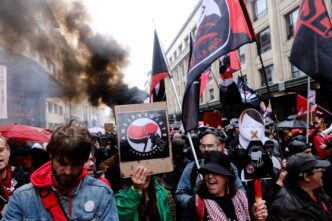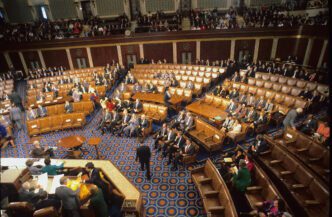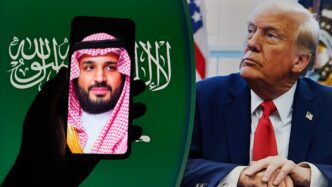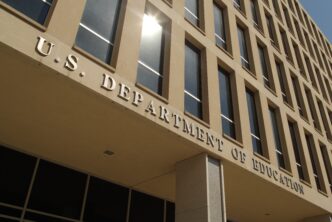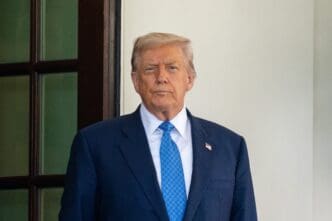Executive Summary
The Story So Far
Why This Matters
Who Thinks What?
President Donald Trump announced Wednesday his intent to designate Antifa as a “major terrorist organization,” fulfilling a promise he first made five years ago amidst widespread protests following the murder of George Floyd. While the declaration signifies a significant move, the precise mechanisms for how such a designation would be implemented remain unclear, with the administration providing minimal details.
Antifa’s Decentralized Nature
Antifa, short for anti-fascist, operates more as a decentralized movement than a unified, hierarchical organization. The term is broadly applied to various factions of black-clad leftists and anarchists who participate in protests against police or government actions. President Trump and other figures on the right have also used “Antifa” as a catch-all reference for left-wing protest activities.
Unlike established far-right groups such as the Proud Boys or Oath Keepers, Antifa lacks a singular leader, a defined hierarchy, or a command structure. This amorphous nature presents unique challenges for any official designation, particularly within the framework of existing counter-terrorism policies.
Legal and Constitutional Considerations
As a domestic movement, Antifa benefits from the protections afforded by the First Amendment of the U.S. Constitution. This fundamental right distinguishes it from the foreign terror organizations designated by the U.S. State Department, which include Islamist groups and drug cartels that the Trump administration had previously listed.
The lack of clear mechanics for President Trump’s plan raises questions about its legal enforceability and potential constitutional challenges. Designating a diffuse ideology or movement as a terrorist organization, rather than a specific, structured group, is unprecedented domestically.
Historical Context and Evolution
The roots of the anti-fascist movement trace back to opponents of Italian dictator Benito Mussolini during World War II and those who resisted white supremacist and skinhead groups across Europe during the Cold War before reaching the United States.
The term’s prominence surged following Trump’s first inauguration, during which small groups of left-wing agitators were involved in instances of rioting and arson in Washington, D.C. Its usage further intensified after leftist groups confronted neo-Nazis and white supremacists in Charlottesville, Virginia, in 2017, leading to street brawls that became emblematic of the Antifa movement throughout Trump’s first term.
Modern Associations and Perceptions
Groups identified with Antifa have become particularly associated with regions in the Pacific Northwest, including cities like Seattle and Portland. Members often wear black clothing and masks to conceal their identities, and there have been instances where they have reportedly attacked journalists and members of the public filming at protests.
These groups typically maintain small sizes, partly to deter infiltration by law enforcement or opposing right-wing factions. While many instances of rioting and violence during the summer 2020 protests were attributed to Antifa, then-FBI Director Christopher Wray characterized Antifa as an ideology rather than an organization.
Ideology and Political Implications
The ideology associated with groups described as Antifa spans a spectrum of left-wing politics, generally falling outside mainstream Democratic platforms. These groups often advocate for wealth redistribution and typically eschew participation in traditional electoral politics.
The broad nature of Trump’s announcement has raised concerns that the president may be seeking to stifle large-scale left-wing dissent, rather than specifically targeting a single organization. This follows other instances where Trump has used the “terrorist” label to justify aggressive actions, such as suggesting that demonstrators from Code Pink should face criminal charges, or authorizing military strikes against Venezuelan boats he claimed were carrying members of a designated terror group.

